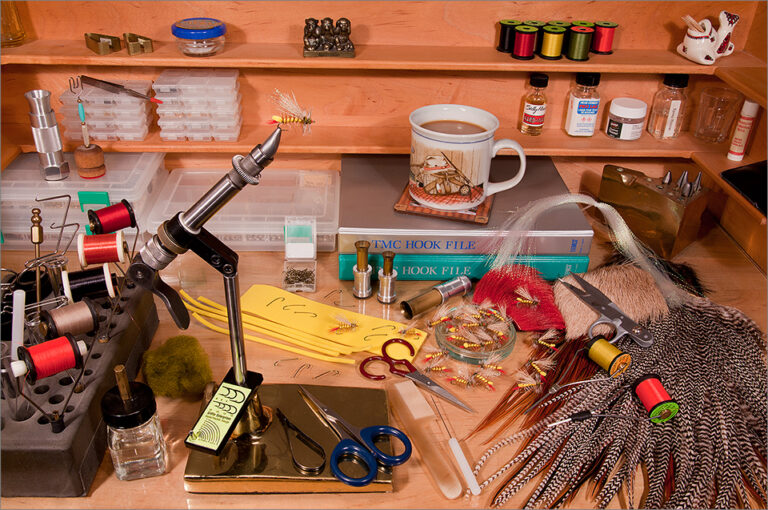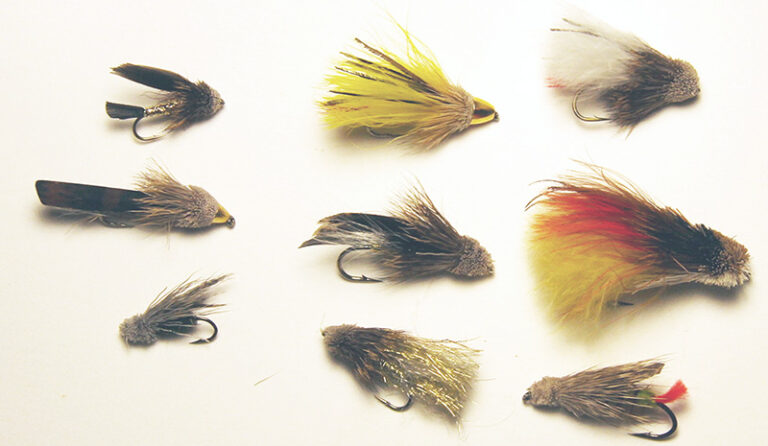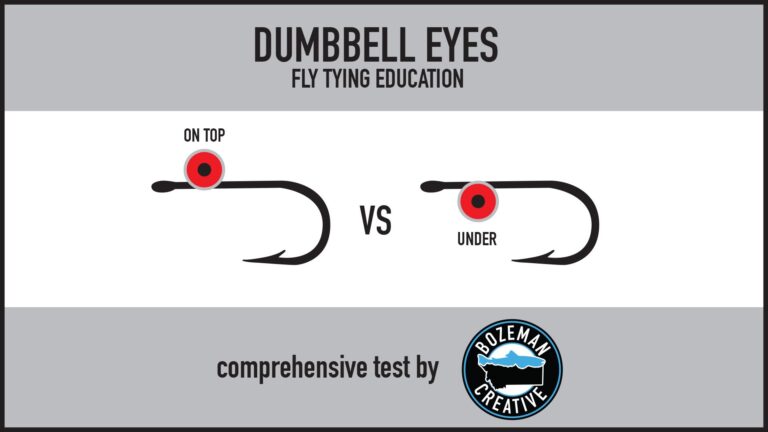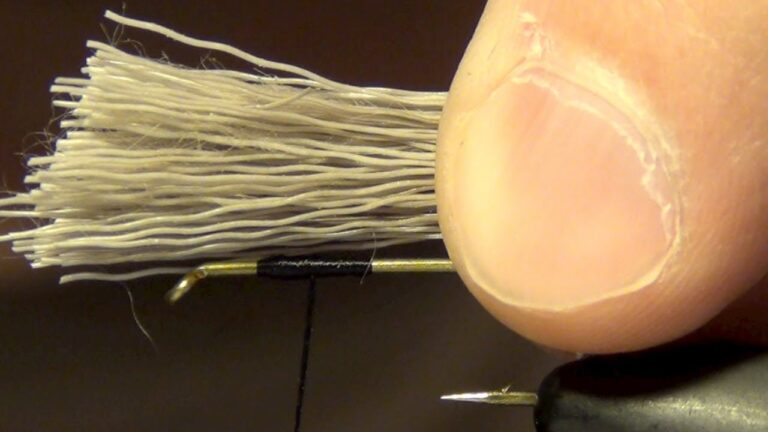Tying with Deer Hair
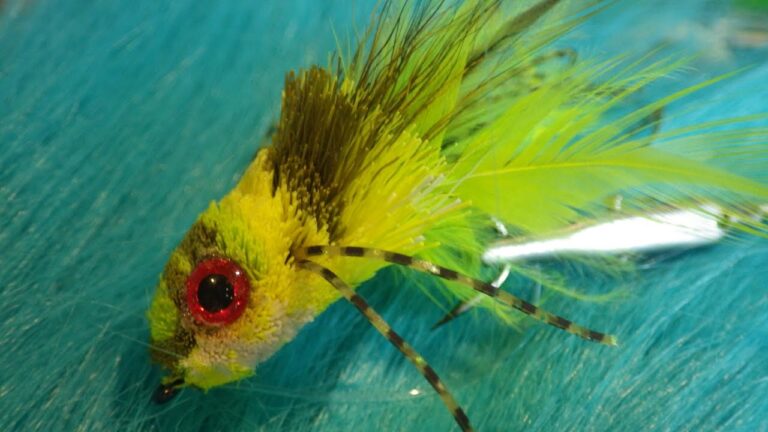
Part 1 – The Tools
A quick primer on the tools you’ll need if you want to start tying deer hair bugs for bass, pike and other predators. This video covers thread, essential tools and some optional extras. GSP Thread, heavy duty scissors, double edged razor blades, hair packers, leg pullers hair stackers, hot tip and the bend-a-blade.[...]
